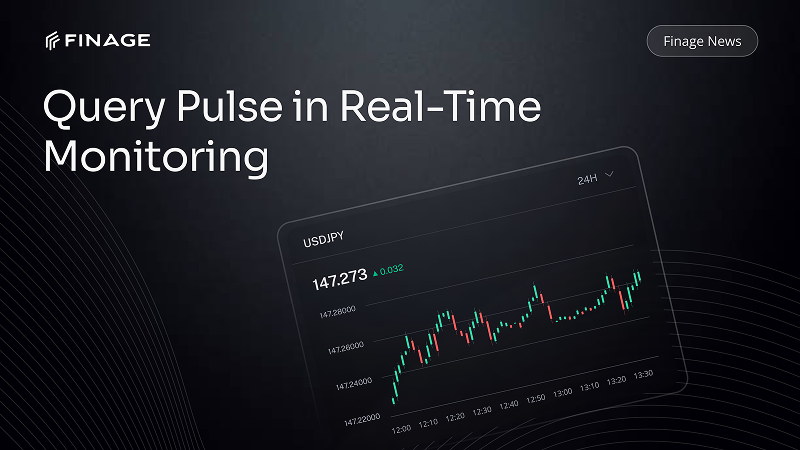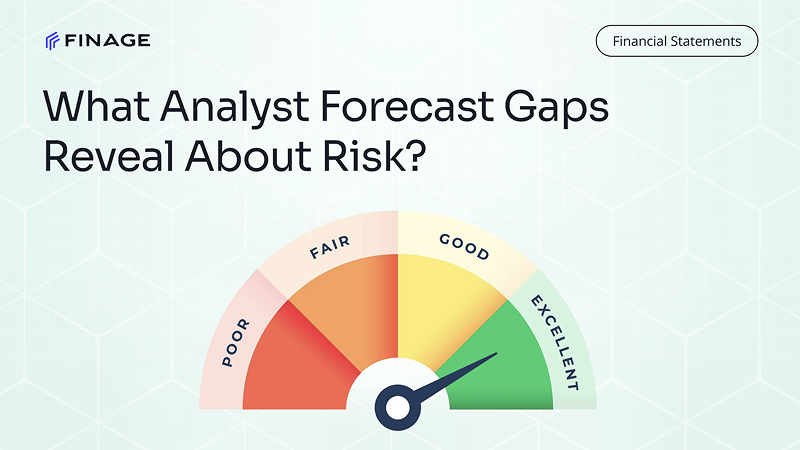What’s Ahead for Decentralized Staking: Trends and Tools
7 min read • June 17, 2025

Introduction
You’ve probably already noticed that decentralized staking isn’t just a niche activity anymore. It’s become a core part of how people earn, secure networks and build new financial tools. And it’s not standing still. In 2025, we’re already seeing big shifts from protocol upgrades that are rolling out to validators that are being rebalanced. As well, centralized platforms are facing increasing regulatory pressure. If you’re involved in staking, you need to keep an eye on where this is heading. Simply because, the change isn’t slowing down.
Let's break down the key developments shaping the future of staking, from cross-chain liquid stakes and restaking protocols to compliance layers and validator decentralization. Whether you're building staking dashboards, writing trading bots or just tracking where the space is heading, these are the trends, tools and APIs to watch next.
Contents:
- What’s Shifting Right Now, and What’s Coming Next
- Multi-chain staking
- Validator Decentralization
- Major shifts happening right now
- Restaking and Shared Security Are Live
- Security and Compliance Are Getting Serious
- Building Apps Around Staking?
- Developer Corner: Python, API & Staking Tracker
- Summing Up Trends: What Has Already Arrived
- 2026 Outlook: What to Expect Next
What’s Shifting Right Now, and What’s Coming Next
We’re becoming more dependent on how staking systems evolve. Based on what we’re seeing in 2025 (from protocol upgrades to validator changes), it’s clear the area is already moving. And while we can’t predict 2026 with certainty, the direction is taking shape. Major protocols are laying the groundwork now, and if you’re staking (or thinking about it), you need to know where things are headed. Here’s where things are headed based on current data and what major protocols are rolling out this year:
Multi-chain staking
You’re going to see users staking tokens like DOT, SOL, ATOM, or AVAX and getting yield across multiple chains at once via unified liquid staking tokens. Tools like Cosmos’ Interchain Security and Polkadot’s XCMP (Cross-Chain Message Passing) are already enabling this.
This changes the game. You’ll want access to Historical Market Data API and Real-Time Crypto Data API to monitor APR shifts across chains.
Validator Decentralization
This is a big one. Ethereum has over 1 million validators right now, but 60% of them are controlled by 5 operators. Rocket Pool is working to fix this by letting anyone run a node with just 8 ETH and 16 ETH borrowed from the protocol.
You want to monitor validator concentration via tools like Rated Network or pull it via on-chain dashboards. Want to track validator dominance as a signal in your algo trading? Then pair Real-Time Market Alerts API with Market Sentiment Data API to react when decentralization improves or degrades with new waves.
Major shifts happening right now
Liquid staking is dominating the field. You can see platforms like Lido, Rocket Pool and EigenLayer are letting users stake ETH and receive a derivative (like stETH) they can trade, lend or use in DeFi:
- Lido alone controls over 30% of all staked ETH, with more than $34 billion in Total Value Locked (TVL) as of May 2025
- Rocket Pool is growing fast, with more than 750k ETH staked through independent node operators.
- This is massive, and it brings new risks: too much control in too few hands.
Restaking and Shared Security Are Live
EigenLayer is the biggest innovation this year. It allows “restaking” ETH. It means you can use already-staked ETH again to secure new networks or apps. EigenLayer has already crossed $13.6 billion in restaked ETH (May 2025).
This opens up a whole new market for modular security as a service. You’ll see hundreds of projects launching restaked-layer services this year. If you’re tracking this data, plug into a Real-Time Crypto Data API or Trading Indicators API to monitor restaking volumes and incentives.
Security and Compliance Are Getting Serious
In 2025 and 2026, restaking comes with a catch: slashing risk. If you’re restaking ETH on EigenLayer and something goes wrong, you can lose your base stake. Also, regulators are watching staking-as-a-service closely.
Coinbase’s staking program has already faced SEC scrutiny, and Lido may be next in line. You need to keep an eye on Real-Time Financial News API and Economic Calendar Data API to watch for events or lawsuits that could impact your staking strategy.
Building Apps Around Staking?
If you’re building trading tools, DeFi apps or staking dashboards, you need clean data to show rewards, slashing risk, token lock-ups and APY fluctuations. Here’s what you should be using:
- Real-Time Stock Data API: yes, even for crypto, if you’re comparing crypto staking APYs with dividend stocks or treasury yields.
- Historical Cryptocurrency Data API: perfect for backtesting staking reward vs. price performance.
- Stock Screener API: repurpose it to screen for staking yields by token, APR, validator risk, and liquidity of LSDs.
- Free stock data API for backtesting: for comparing ETH staking vs. SPY returns.
- How to use WebSocket for real-time financial data: critical if you’re building dApps or staking trackers that auto-refresh.
Developer Corner: Python, API & Staking Tracker
If you’re coding in Python, you can integrate staking data using Finage’s Python API for market data integration. Here’s what to pull:
- ETH validator stats from beacon chain
- APR and reward rate data from Lido/RocketPool APIs
- LSD token prices using Stock Price Data API
- Portfolio exposure via Company Fundamentals Data API (if offering staking services)
Summing Up Trends: What Has Already Arrived
We can see that each trend can have its own major place today. Decentralized staking has moved beyond simply earning rewards by locking tokens. Each trend represents a structural shift in how staking is used:
- Liquid Staking Growth – Lido, Rocket Pool dominance
Restaking Protocols – EigenLayer, Symbiotic, Karak, Babylon
- Validator-as-a-Service Models – Stader, SSV Network
- Cross-chain staking & wrapped tokens (e.g., stETH, wstETH)
- Institutional staking with compliance layers, involvement of Coinbase Institutional, Figment
- Reputation-based delegation and modular staking
- API Integration Point: Display APY ranges across LST platforms via Finage’s staking rate API
- Embed live chart widgets or images using historical data & TA indicators (MACD, RSI on staking tokens)
2026 Outlook: What to Expect Next
It is crucial to continue using predictive analytics based on data feed: for example, you can apply Expected APY range in 2026. The expected APY range in decentralized staking is the annual percentage yield you can earn by staking your tokens, typically shown as a percentage range (e.g. 3%–6% APY). It represents the return you might get over a year, assuming rewards are compounded. You can include early indicators from validator node count APIs, staking pool creation and momentum. Here is a quick overview of emerging now and expected to scale in 2026:
- Dynamic restaking protocols with slashing insurance
- Regulated DeFi staking markets (Europe, Asia)
- AI-based staking decision engines
- Cross-chain unified LSTs (e.g., multichain stETH)
- Composable validator marketplaces
- Staking integrations with NFTs, gaming assets
- Validator sovereignty & MEV protection tools
- On-chain staking reputation scores
- Smart Wallet Integration (like Keplr, Leap and Rainbow)
- Regulatory Pushback Against Centralized Staking
In the US and Europe, centralized exchanges are facing pressure to either register as investment platforms or restrict staking offerings. As a result, more users are looking for non-custodial staking options that don’t involve giving up their keys.
Final Thoughts: Building Smarter Around Decentralized Staking
The staking ecosystem is expanding rapidly, but it's also becoming more complex. Cross-chain strategies, validator decentralization, restaking protocols, and regulatory shifts are changing how both individuals and institutions participate. The opportunity is massive, but only for those who have the right data in real time. For example, Finage provides the infrastructure to stay ahead of these changes. With access to real-time and historical crypto data, validator analytics, and market sentiment APIs, builders can:
- Track validator dominance, slashing events, and APY fluctuations
- Compare staking yields across protocols and against traditional assets
- Build dashboards, alerts, or bots using WebSocket feeds and Python APIs
- Pull cross-chain staking data, wrapped token prices, and LST liquidity indicators
- Monitor regulatory developments through real-time financial news APIs
As staking becomes modular, multi-chain and compliance-aware, access to fast and accurate data will define who leads and who lags behind. Finage delivers the tools you need to build, trade and analyze with confidence whether you're integrating staking into DeFi products, comparing returns or protecting your portfolio.
You can get your Real-Time and Historical Cryptocurrency Data with a free Crypto Data API key.
Build with us today!
Claim Your Free API Key Today
Access stock, forex and crypto market data with a free API key—no credit card required.

Stay Informed, Stay Ahead
Finage Blog: Data-Driven Insights & Ideas
Discover company news, announcements, updates, guides and more

.png)
